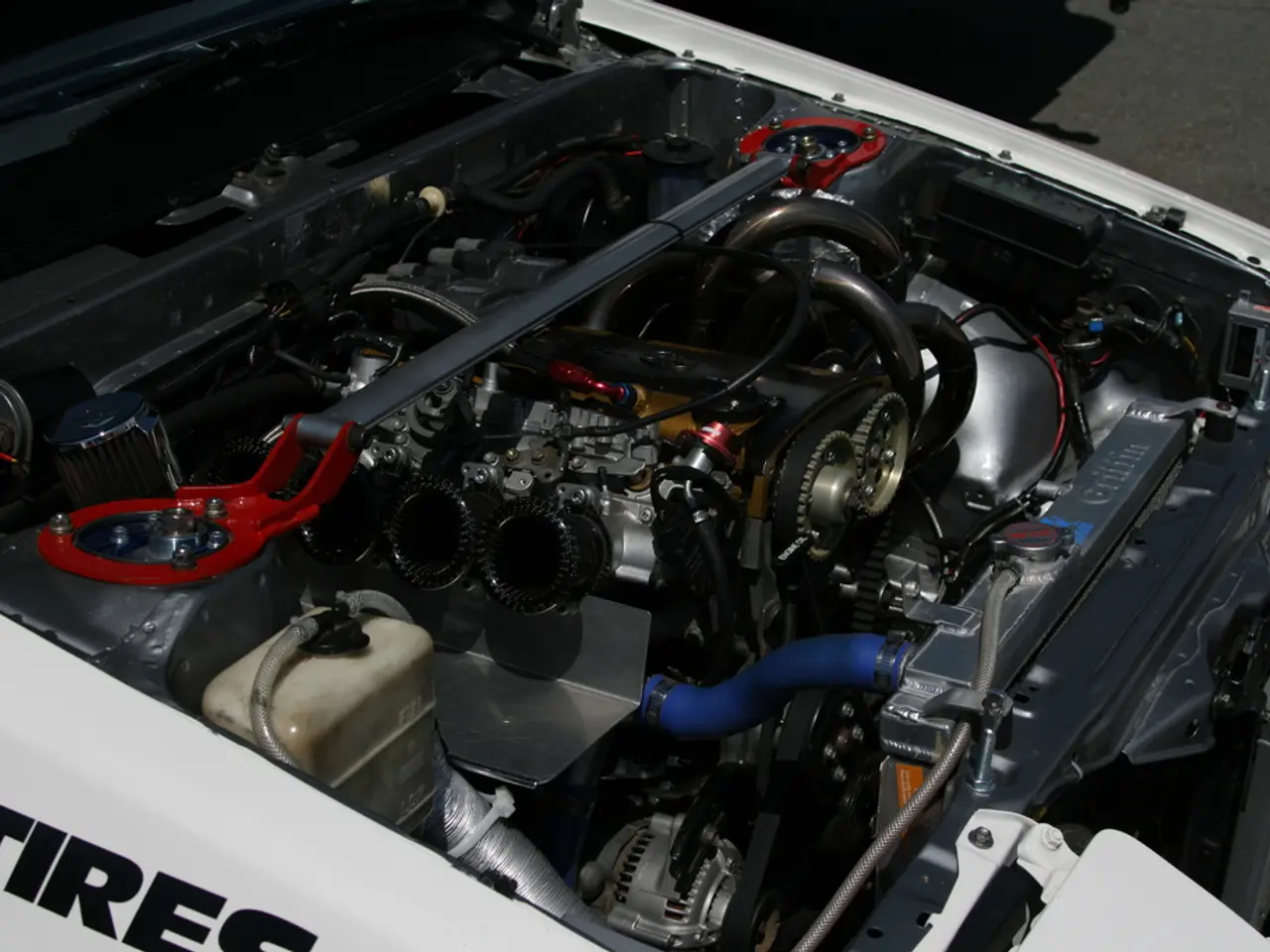CATL's Breakthrough in Lithium Metal Batteries: High Energy, Long Life
CATL, a leading battery manufacturer, has made a significant breakthrough in lithium metal battery (LMB) technology. The company's research, published in Nature Nanotechnology, enables LMBs with both high energy density and extended cycle life, marking a paradigm shift in battery development.
Previously, researchers struggled with a trade-off between energy density and cycle life in LMBs, with limited understanding of failure modes. CATL's R&D team, led by Co-president Ouyang Chuying, discovered that LiFSI salt consumption and overall salt concentration are key determinants of battery longevity.
The team developed analytical techniques to track active lithium and electrolyte components, revealing that LiFSI salt consumption is the dominant cause of cell failure. By optimizing the electrolyte formulation, CATL doubled the cycle life to 483 cycles without increasing the total mass of electrolyte used. The optimized prototype now achieves an energy density of over 500 Wh/kg, making it particularly suitable for high-end power applications like electric vehicles and electric aviation.
CATL's breakthrough in LMB technology comes after investing about RMB 18.6 billion (USD 2.59 billion) in R&D in 2024, with over 43,000 patents globally. This advancement paves the way for batteries that are both energy-dense and built to last, potentially revolutionising the electric vehicle and electric aviation industries.
Read also:
- Achieving Successful Bonsai Grafting: Selecting the Appropriate Scion and Rootstock for Harmony
- European consumers are on the brink of experiencing a significant leap forward in electric vehicle (EV) charging technology, as Chinese automaker BYD prepares to unveil its innovative advancements.
- Martin John Workshop Wins Bavarian Environmental Award for Green Initiatives
- Recycling Business Transforms Steel and Aluminum Scrap into Reusable Materials








